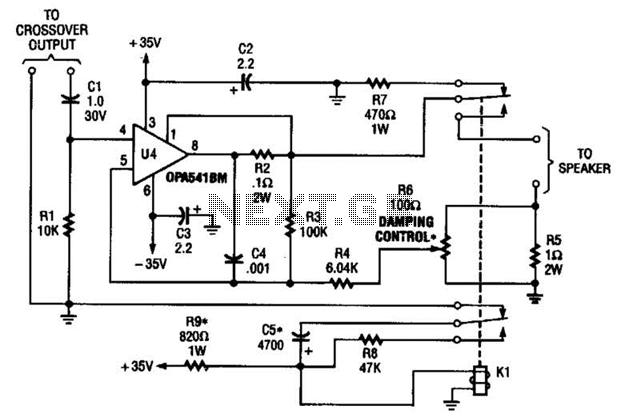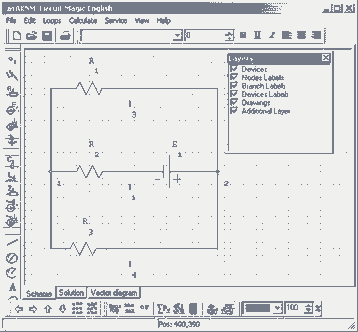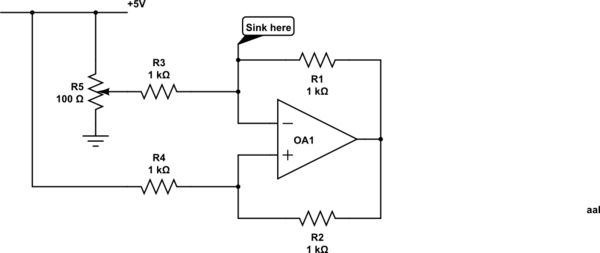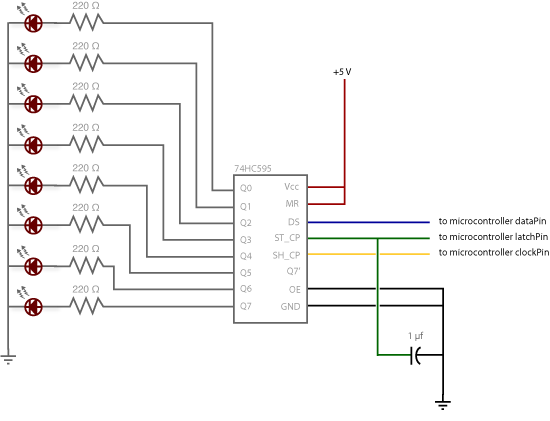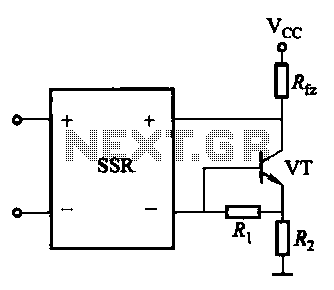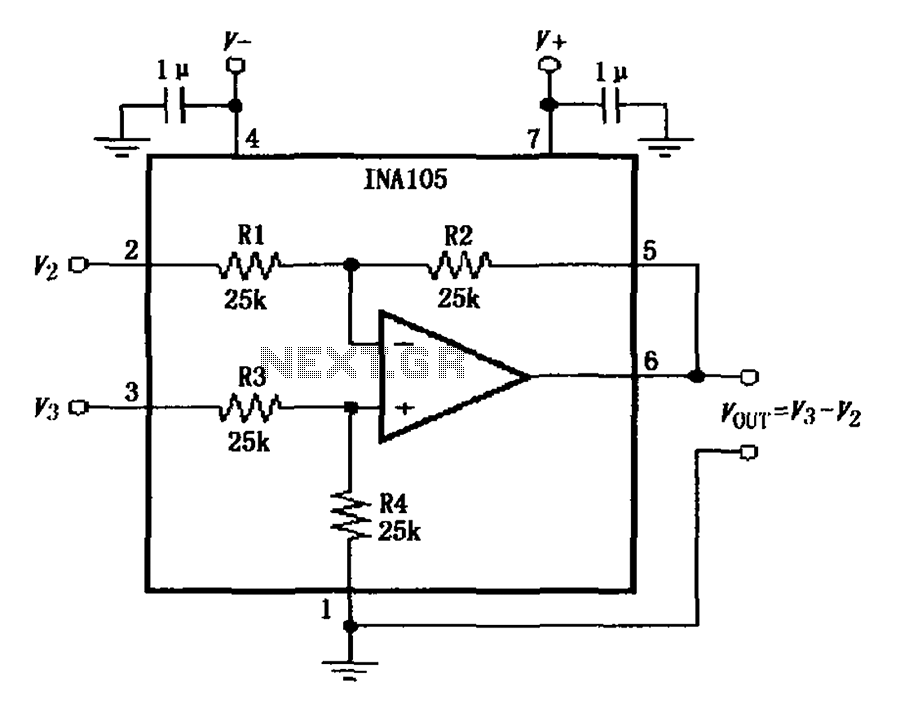
Remote Controlled Alarm circuit

A remote-controlled alarm circuit utilizing the TSOP1736. This circuit involves routing an electric cable to connect a calling bell switch near the bed of an elderly individual.
The remote-controlled alarm circuit designed with the TSOP1736 is an innovative solution for enhancing safety and convenience, particularly for elderly individuals. The TSOP1736 is an infrared receiver module that effectively detects signals from a compatible remote control. This application allows the user to activate an alarm system from a distance, providing immediate assistance when needed.
The circuit typically includes several key components: the TSOP1736 infrared receiver, a microcontroller for processing the received signals, an alarm module such as a buzzer or siren, and a power supply. When the remote control button is pressed, the TSOP1736 receives the infrared signal and sends it to the microcontroller. The microcontroller interprets the signal and activates the alarm module, which emits a sound to alert caregivers or family members.
In addition to the alarm function, the circuit can be enhanced with features such as LED indicators to show the status of the system, or a more complex interface that allows for different alarm tones depending on the urgency of the situation. The wiring for the calling bell switch should be carefully routed to ensure easy access for the user while maintaining safety standards.
This setup not only promotes independence for the elderly but also ensures that help is readily available at the push of a button. Proper installation and testing of the system are crucial to ensure reliable operation and to avoid any potential issues.A very interesting remote controlled alarm circuit using TSOP1736. Routing of an electric cable to attach a calling bell switch near the bed of an old age/. 🔗 External reference
The remote-controlled alarm circuit designed with the TSOP1736 is an innovative solution for enhancing safety and convenience, particularly for elderly individuals. The TSOP1736 is an infrared receiver module that effectively detects signals from a compatible remote control. This application allows the user to activate an alarm system from a distance, providing immediate assistance when needed.
The circuit typically includes several key components: the TSOP1736 infrared receiver, a microcontroller for processing the received signals, an alarm module such as a buzzer or siren, and a power supply. When the remote control button is pressed, the TSOP1736 receives the infrared signal and sends it to the microcontroller. The microcontroller interprets the signal and activates the alarm module, which emits a sound to alert caregivers or family members.
In addition to the alarm function, the circuit can be enhanced with features such as LED indicators to show the status of the system, or a more complex interface that allows for different alarm tones depending on the urgency of the situation. The wiring for the calling bell switch should be carefully routed to ensure easy access for the user while maintaining safety standards.
This setup not only promotes independence for the elderly but also ensures that help is readily available at the push of a button. Proper installation and testing of the system are crucial to ensure reliable operation and to avoid any potential issues.A very interesting remote controlled alarm circuit using TSOP1736. Routing of an electric cable to attach a calling bell switch near the bed of an old age/. 🔗 External reference
Warning: include(partials/cookie-banner.php): Failed to open stream: Permission denied in /var/www/html/nextgr/view-circuit.php on line 713
Warning: include(): Failed opening 'partials/cookie-banner.php' for inclusion (include_path='.:/usr/share/php') in /var/www/html/nextgr/view-circuit.php on line 713
